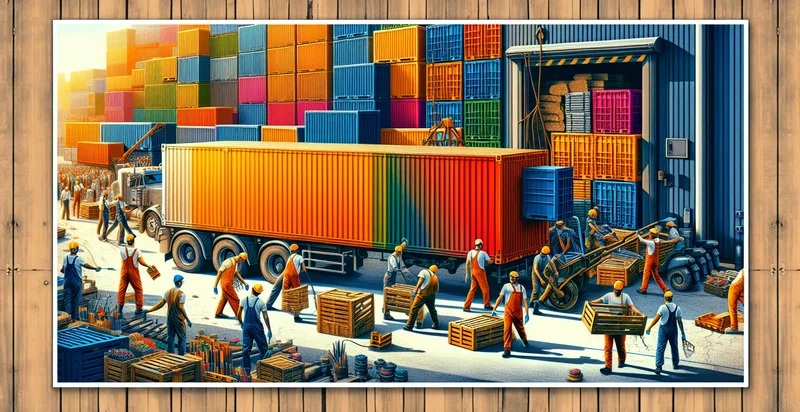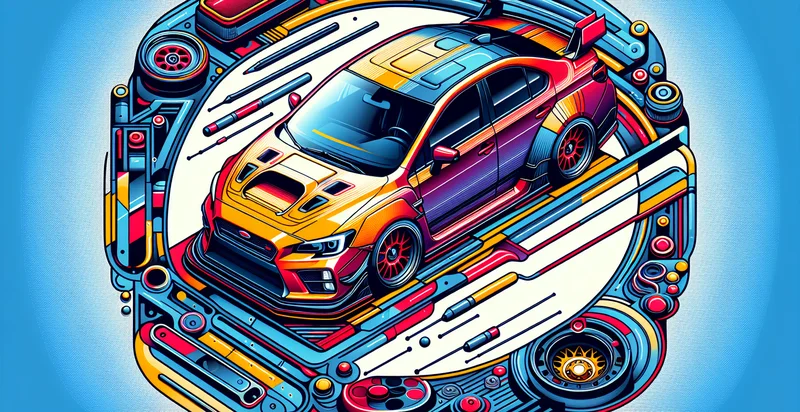Identify differential state
using AI
Below is a free classifier to identify differential state. Just upload your image, and our AI will predict the state of any given input based on its differential features. - in just seconds.


Contact us for API access
Or, use Nyckel to build highly-accurate custom classifiers in just minutes. No PhD required.
Get started
import nyckel
credentials = nyckel.Credentials("YOUR_CLIENT_ID", "YOUR_CLIENT_SECRET")
nyckel.invoke("differential-state", "your_image_url", credentials)
fetch('https://www.nyckel.com/v1/functions/differential-state/invoke', {
method: 'POST',
headers: {
'Authorization': 'Bearer ' + 'YOUR_BEARER_TOKEN',
'Content-Type': 'application/json',
},
body: JSON.stringify(
{"data": "your_image_url"}
)
})
.then(response => response.json())
.then(data => console.log(data));
curl -X POST \
-H "Content-Type: application/json" \
-H "Authorization: Bearer YOUR_BEARER_TOKEN" \
-d '{"data": "your_image_url"}' \
https://www.nyckel.com/v1/functions/differential-state/invoke
How this classifier works
To start, upload your image. Our AI tool will then predict the state of any given input based on its differential features..
This pretrained image model uses a Nyckel-created dataset and has 15 labels, including Acceptable, Critical, Degrading, Excellent, Failing, Good, Marginal, Noisy, Optimal and Poor.
We'll also show a confidence score (the higher the number, the more confident the AI model is around the state of any given input based on its differential features.).
Whether you're just curious or building differential state detection into your application, we hope our classifier proves helpful.
Related Classifiers
Need to identify differential state at scale?
Get API or Zapier access to this classifier for free. It's perfect for:
- Fake News Detection: The differential state identifier can be utilized by news agencies and social media platforms to classify images accompanying articles or posts as either authentic or fabricated. By identifying false images, the tool helps in mitigating the spread of misinformation and ensures that audiences consume credible content.
- Brand Protection: Companies can leverage this function to monitor the internet for unauthorized or misleading images that could damage their brand reputation. By identifying false images related to their products or services, businesses can take proactive measures to protect their brand integrity.
- E-commerce Authenticity Verification: E-commerce platforms can implement the identifier to verify product images uploaded by sellers. This can help in ensuring that the images accurately represent the products, reducing the incidence of fraud and enhancing customer trust.
- Research Data Integrity: Researchers and academic institutions can utilize this function to validate images used in scientific publications. By ensuring that the images are authentic, the integrity of research findings is upheld, promoting credibility in academic work.
- Legal Evidence Authentication: Law firms can employ this tool to assess the authenticity of photographic evidence used in court cases. Accurately identifying false images can greatly influence legal outcomes and help in maintaining the truthfulness of the judicial process.
- Social Responsibility Initiatives: Non-governmental organizations (NGOs) can use the identifier to verify images in campaigns or reports that aim to raise awareness about social issues. By classifying false images, NGOs can enhance their advocacy efforts and gain stronger public support.
- Surveillance and Security: Security firms can implement the differential state identifier in surveillance systems to detect manipulated images in real-time. This can assist in recognizing fraudulent activities or security breaches, leading to timely interventions and improved safety measures.


